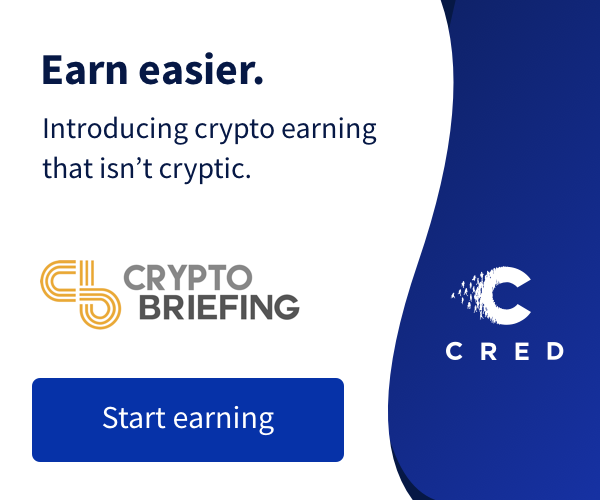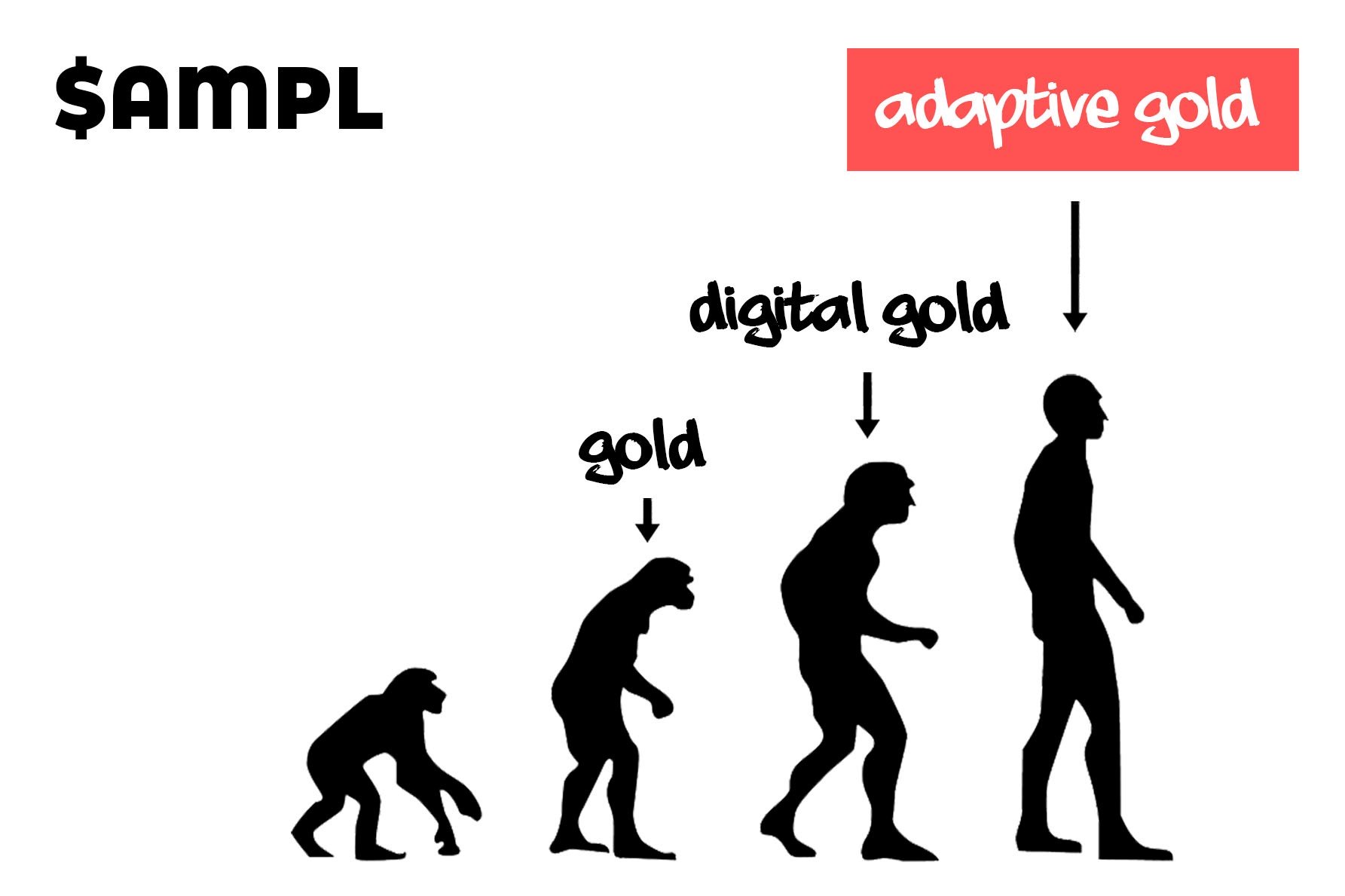Key Takeaways
- 1inch.exchange is serving a retail market hungry to explore decentralized exchanges.
- By integrating tons of DEXes and tokens, users can swap between nearly any kind of ERC-20 token.
- But because DEXes are primarily built on Ethereum, gas fees can become exorbitant.
The DeFi news category was brought to you by Ampleforth, our preferred DeFi partner
Share this article
1inch.exchange has emerged as an essential part of the booming decentralized finance (DeFi) movement. What initially began as a one-stop-shop for aggregating liquidity has morphed into a swiss army knife of utility. The platform’s continued efficacy has much to do with the fast-changing world of DeFi.
Many users have taken note, too.
In an informal survey from Qiao Wang, a startup investor and DeFi proponent, he asked his audience of nearly 17,000 followers about the usefulness of several platforms. Included on this list were projects like Balancer, Uniswap, Compound, and many others.
How would you feel if you could no longer use 1inch?
— Qiao Wang (@QWQiao) July 5, 2020
Wang ultimately concluded that the top three DeFi projects, based on product-market fit, were Uniswap, Curve, and 1inch.exchange.
The results are a thought-starter more than anything. To better identify product-market fit, you could probably get a more accurate picture when examining the liquidity of each of these platforms and determine where they overlap.
In this week’s Project Spotlight feature, we’ll be doing just that. We’ll dig into the nitty-gritty of 1inch.exchange, explain what the platform does, how it works, and reveal why this DeFi tool is essential for any power user.
What Is 1inch.exchange?
1inch.exchange is a DEX aggregator that helps route trades from all around the DeFi sector. Integrations with other DEX providers thus offer 1inch users the cheapest trades, lowest slippage, for a wide range of ERC-20 tokens.

Platforms include Uniswap, Kyber Protocol, Aave, Curve.fi, Airswap, mStable, Balancer, dForce Swap, 0x API, 0x Relayers (Bamboo, Radar Relay), Bancor, and Oasis. There are also a variety of other liquidity sources, including private market makers.

Often, 1inch.exchange routes swaps through more than one platform. This multi-routing procedure is called a split trade. Take, for instance, this simple swap between aDAI (Aave’s interest-bearing DAI token) for DAI.

The majority of this trade will occur on Uniswap, with just a small percentage also happening on Balancer. These percentages fluctuate based on the ever-changing rates on each platform.
Before executing this particular trade, users are also offered two sorts of “unlock” procedures.
Most decentralized applications (dApps) ask users to allow the app to interact with their wallet. Because 1inch is a non-custodial application, meaning it never holds user funds, it must continuously interact with various crypto wallets.
Once unlocked, trading activity can occur unhinged. This saves in gas fees each time the application calls to verify an unlock. For power users who interact with DeFi protocols, this can ultimately save them a lot of money.
1inch calls this type of unlock an “infinity unlock,” and it is distinct from unlocking transactions one at a time.
This latter variety of unlock is slightly more expensive as users need to pay gas for each unlock call. That being said, it is more secure as users aren’t always linked to the protocol should it be compromised.
From the above image, users can hide certain DEXes with which they are not interested in interacting. Just click the toggle button, and trades will not be routed through those platforms.
1inch is essentially a highly-efficient routing platform for the DeFi space. Instead of scouring various exchanges for the best rates, 1inch collates all of this data for users. It then ensures that no matter the swap, users are getting the best price. Though the dashboard is slightly intimidating, the user experience is relatively intuitive even for the novice user after just a few minutes.
Now, it’s time to dig into how 1inch has flourished amid the yield farming craze and dig into what’s happening behind each of these swaps.
1inch .exchange’s Role in Yield Farming
Yield farming is essentially the practice of moving idle cryptocurrencies to various lending and borrowing platforms and earning interest on those holdings. Though the practice can be highly sophisticated in certain forms, the above definition is suitable for this article’s scope.
For a starter strategy on yield farming, readers are invited to review Crypto Briefing’s guides on the subject here and here.
Here is how a yield farmer might use 1inch.exchange to maximize their yields. With one tab open on 1inch.exchange and another on a site like LoanScan, DeFi Rate, DeFi Prime, users can keep an eye on any ballooning interest rates.
At current, Aave is boasting impressive rates for the stablecoin DAI. If a user is holding DAI, the procedure is relatively simple: They go to Aave and convert their DAI to aDAI, the interest-bearing version of the stablecoin.
As this operation is so straightforward, there is little need for a trading router like 1inch. But if users are holding another asset, like Chainlink’s LINK, for example, then manually converting to aDAI can be cumbersome.
Users would first need to find a DEX or a pool that offers a competitive rate for a swap between LINK and DAI. Then they would need to take this DAI over to Aave and convert it to aDAI. This process is awkward, and users risk failing to lock in the best price as they go through each step.
1inch performs this entire process in a single click, offering traders low slippage on their orders.
But as DeFi has grown in popularity, so too have Ethereum’s gas prices. Making simple trades can be relatively inexpensive, but as soon as users begin interacting with multiple smart contracts, these fees add up quickly.
This is perhaps the most significant drawback when using 1inch. It is mostly a symptom of the underlying blockchain network, however, rather than 1inch itself.
Exploring Ethereum’s Gas Fees on 1inch
Here’s another thought example of the difficulties that 1inch solves.
If a user is holding aDAI, but the rates for aSUSD, Aave’s interest-bearing version of Synthetix’s stablecoin SUSD, are better, users will want to make that switch.
Using 1inch, they can convert their aDAi to DAI, the DAI to SUSD, and the SUSD to aSUSD by routing through any number of pools and DEXes. All of this can be done in one click, too.
Unfortunately, users will incur steep gas costs for doing so.

Most users would not take this trade. And by the time gas costs dropped, it’s possible that the competitive rates earlier discovered are no longer available.
The primary reason that this specific trade is so expensive is simply due to the high gas costs on the Ethereum network. As the majority of DEXes are built on Ethereum, this will continue to be an issue. To help navigate this pain point, 1inch has integrated a unique feature.
GasToken allows users to speculate on gas prices. When prices are low, users can purchase and store this gas to be used at a later date. The developers behind 1inch took this idea one step further and created the CHI GasToken. Using this token, or an equivalent GasToken, is good practice for active DeFi users.

Team Behind 1inch
Sergej Kunz and Anton Bukov created 1inch Exchange during the ETH New York Hackathon in June 2019. Both co-founders are veteran software engineers with 30 years of combined experience.
Kunz was a software engineer for a string of German companies, most notable of which is automotive manufacturer Porsche AG.
Bukov started his career as an iOS and macOS developer, only to enter the crypto industry in August 2017. Bukov worked with NEAR Protocol until June 2020, aiding the creation of an interoperable bridge between NEAR and Ethereum.
1inch has become renowned for releasing simplified post-mortem reports on DeFi exploits. Several such reports have been published, the most recent of which covered the Balancer and Bancor exploits.
For hackathons, the 1inch team enlists additional help to build out its product and augment it with an intuitive UI.
Before 1inch, the team attended Hackathons to build arbitrage bots for DeFi.
1inch Usage Metrics
Liquidity aggregation provides immense utility to DeFi users. 1inch and its competitors help DeFi users get the best prices from across the board.
Using aggregators improves the UX of using DEXes by a long shot. But for simple users who don’t want to complicate things with the CHI token and keep transaction costs low, Uniswap offers a much cheaper way to access liquidity.
Most of 1inch’s user base is recurring users who use the product once and get hooked. As of the time of writing, 1inch averages around 300 unique users per day, having peaked at 730 users on Jun. 24, 2020.

1inch’s user base consists primarily of retail investors, as evidenced by the high trade volume distribution between $500 and $8,000. The aggregator has facilitated less than 100 trades with a ticket size above $1 million.

This could also be the result of whales splitting up trades as DeFi liquidity cannot facilitate large trades without considerable slippage.
Closing Remarks
DeFi liquidity is fragmented across several pools – Uniswap, Kyber, Balancer, Bancor, 0x, and Curve are the major players responsible for most DEX liquidity. Each DEX’s liquidity pool for a token has varying depths.
Uniswap may have a deeper pool for LINK-ETH, allowing traders to get a better price. Kyber may offer better trade terms for SNX-ETH. Being loyal to a liquidity pool is not in the best interest of a trader, but checking every DEX for the best price is tedious.
1inch fixes this.
In the future, liquidity pools will probably just be the backend of the user experience as DEX aggregators gain prominence. For this to hold, liquidity needs to remain fragmented across several DEXes, and aggregators must have a clean UX/UI.
If a single DEX ends up becoming a “liquidity black hole,” growing far more significant than its competitors, the role of DEX aggregators will be diminished.
This doesn’t look like a significant concern, as various DEXes have their respective advantages that appeal to different assets and traders. As a result, this continued fragmentation will be a boon for DEX aggregators – a niche of which 1inch is by far the leader.



